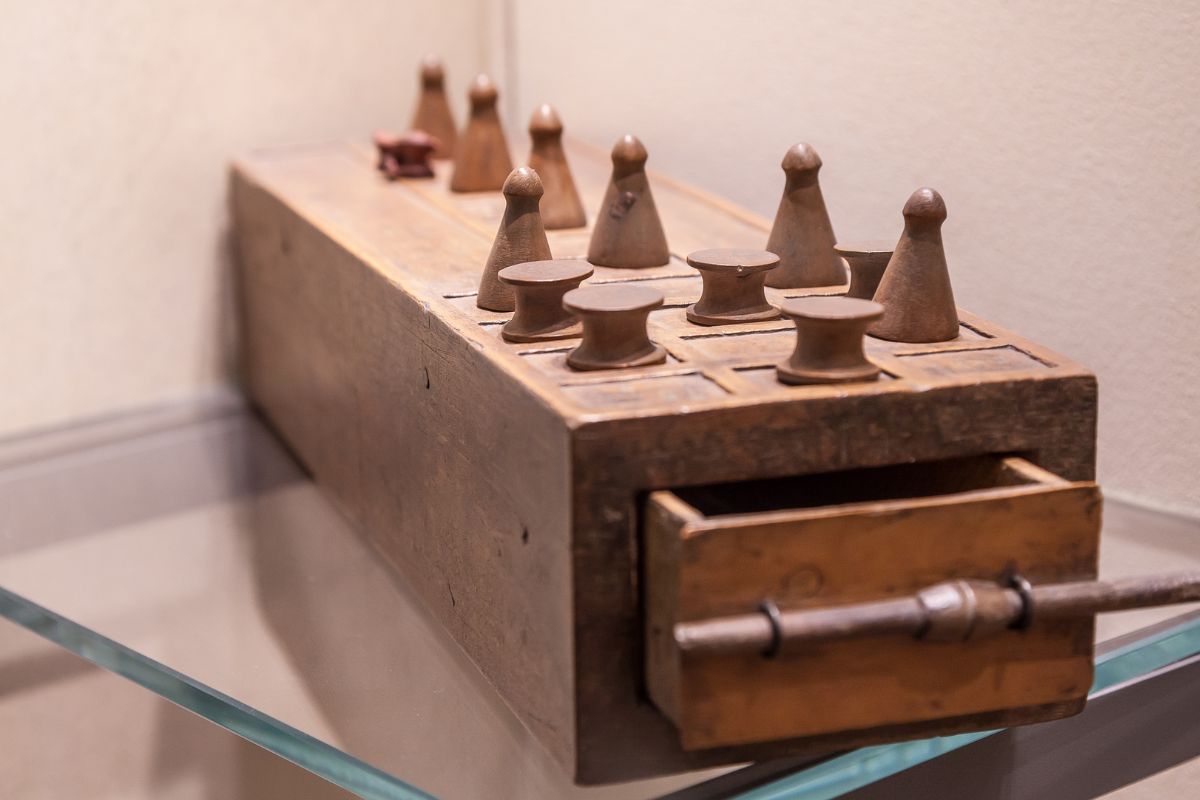Embark on a thrilling journey of mystery and deduction with the classic Clue Board Game. As a game of wits and strategy, Clue challenges players to solve a captivating whodunit. Discover the secrets hidden in the mansion’s rooms, decipher clues, and accuse suspects. Are you ready to outsmart your friends and identify the murderer, weapon, and location first? Unveil your detective skills and dive into this guide to mastering Clue. The game is afoot! Can you crack the case before it’s too late?
Understanding the Basics of Clue
Clue is a captivating board game that involves solving a mystery: who committed the murder, in which room, and with what weapon. It is designed for three to six players, making it a fantastic choice for family gatherings or friends’ get-togethers. The game begins with each player selecting a character piece and receiving three types of cards: suspects, rooms, and weapons. These cards are secretly shuffled and selected to represent the actual crime scenario, which players must deduce.
Players move around the board, entering different rooms to make suggestions about the crime’s details. A suggestion involves naming a suspect, a room (typically the one the suggesting player is in), and a weapon. Other players must then disprove the suggestion if they hold any of the mentioned cards. This gameplay element is crucial as it allows players to gather information while employing strategic thinking to mislead others or hide their own conclusions.
The key to winning in Clue lies in careful observation, logical deduction, and a bit of luck. Players should pay attention to suggestions made by others and which cards are shown in response. Keeping track of this information helps in narrowing down the possibilities. The game ends when a player makes an accusation by stating their final guess of the murderer, the murder location, and the weapon in the confidential envelope. If their accusation is correct, they win the game; if not, they lose, and play continues until someone else correctly solves the mystery.
Understanding Clue Game Core
At its core, Clue is a captivating mystery game that involves solving a murder. The game is designed for three to six players, each assuming the role of a detective with the primary goal of uncovering who killed the game’s victim, Mr. Boddy. Clue is set in a mansion and features nine rooms, each with its own characteristics and potential as a crime scene. Victory in this game hinges on strategy, observation, and deducing skills, as players must correctly identify three key components: the murderer, the murder weapon, and the location of the crime. This triad forms the heart of the gameplay and is concealed within a confidential envelope placed at the start of the game.
The game begins with players selecting their characters from a roster of six colorful suspects, each with a distinct background and personality. The suspects include Miss Scarlet, Colonel Mustard, Mrs. Peacock, Mr. Green, Mrs. White, and Professor Plum. After choosing characters, players roll a diсe to move around the mansion’s board, entering different rooms to suggest potential scenarios involving a suspect, a weapon, and the room they’re in. Through process of elimination and strategic questioning, players gather clues.
An essential part of mastering Clue is the ability to make smart deductions based on the information gathered during gameplay. The beauty of Clue lies in its simplicity and depth, requiring players to be attentive and to think critically. Retroactive logic, keen observation, and shrewd questioning will guide players closer to solving the mystery. Winning the game demands not only understanding the basic mechanics but also interpreting the behavior and suggestions of your opponents. In essence, Clue is a blend of a social interaction, strategy, and mystery-solving, making it an enduring favorite among board game enthusiasts.
Setting Up the Game Board
To embark on Clue, a riveting detective board game, proper setup is crucial for an engaging experience. Begin by unfolding the Clue game board and placing it at the center of your play area. This board represents the mansion where the mystery unfolds, comprising of various rooms like the Kitchen, Ballroom, Conservatory, and others. Each room is a potential crime scene, interlinked with secret passages and regular pathways that allow characters to move from one to another.
Next, sort the cards into three categories: suspects, weapons, and rooms. Shuffle each deck separately before drawing one card from each. These selected cards are the key pieces of the mystery: the murderer, the weapon used, and the room where the crime took place. Without revealing them, place these three cards into the secret envelope. This envelope is the heart of the game, holding the answers that players seek. The remaining cards are then shuffled together and dealt evenly to the players, who may note down the details on their detective notepad, a tool for deducing the truth.
Lastly, position the six colored tokens, each representing one of the game’s suspect characters, on the assigned starting squares. Assign each player a character, and if there are fewer than six players, the remaining tokens stay on the board; they can still be moved into rooms as potential suspects. Similarly, distribute the weapons randomly across the rooms, ensuring that no room is without a suspect or intrigue. This meticulous setup forms the foundation of a gameplay filled with deduction, accusations, and sleuthing.
Player Setup Chart
| Number of Players | Character Cards Distributed | Initial Clues Available |
| 3 Players | 2 per player | 6 Total |
| 4 Players | 2 per player | 8 Total |
| 5 Players | 3 per player | 15 Total |
| 6 Players | 3 per player | 18 Total |
This initial setup is essential for a fair and intriguing gameplay. By carefully arranging the game components and understanding the importance of each, players are well-equipped to dive into the mystery that Clue offers.
Distributing Cards Correctly
When embarking on a game of Clue, one of the foundational steps involves distributing the cards accurately among the players. This ensures a fair start, where each investigator has a balanced amount of information. To begin, sort the cards into three distinct categories: suspects, rooms, and weapons. It’s essential to separate these categories to facilitate the setup process. After sorting, you will shuffle each category independently before discreetly drawing one card from each pile.
These selected cards—the murderer, the weapon used, and the crime scene—are placed into the confidential envelope. This envelope contains the solution to the mystery that players will strive to deduce. Following the creation of the confidential envelope, combine the remaining cards from the three categories and shuffle them together to form a single draw pile. Depending on the number of players, you may find that the cards cannot be divided evenly. In such cases, it is customary to place the extra cards face up on the game board. This strategy provides all players with a fair insight into specific clues from the onset, ensuring that no single player is disadvantaged.
The distribution phase is vital as it sets the stage for the investigative journey ahead. Every player begins with an equal chance to use their deductive reasoning skills, piecing together the crime one card at a time. It is during this phase that the groundwork for the game’s strategic depth is laid, highlighting the importance of a meticulous and unbiased card distribution. Ensure that each aspect of this process is conducted with the utmost diligence to guarantee an engaging and competitive gameplay experience for everyone involved. This balanced start is crucial for fostering a vibrant atmosphere of mystery and intrigue, pivotal to the Clue playing experience.


